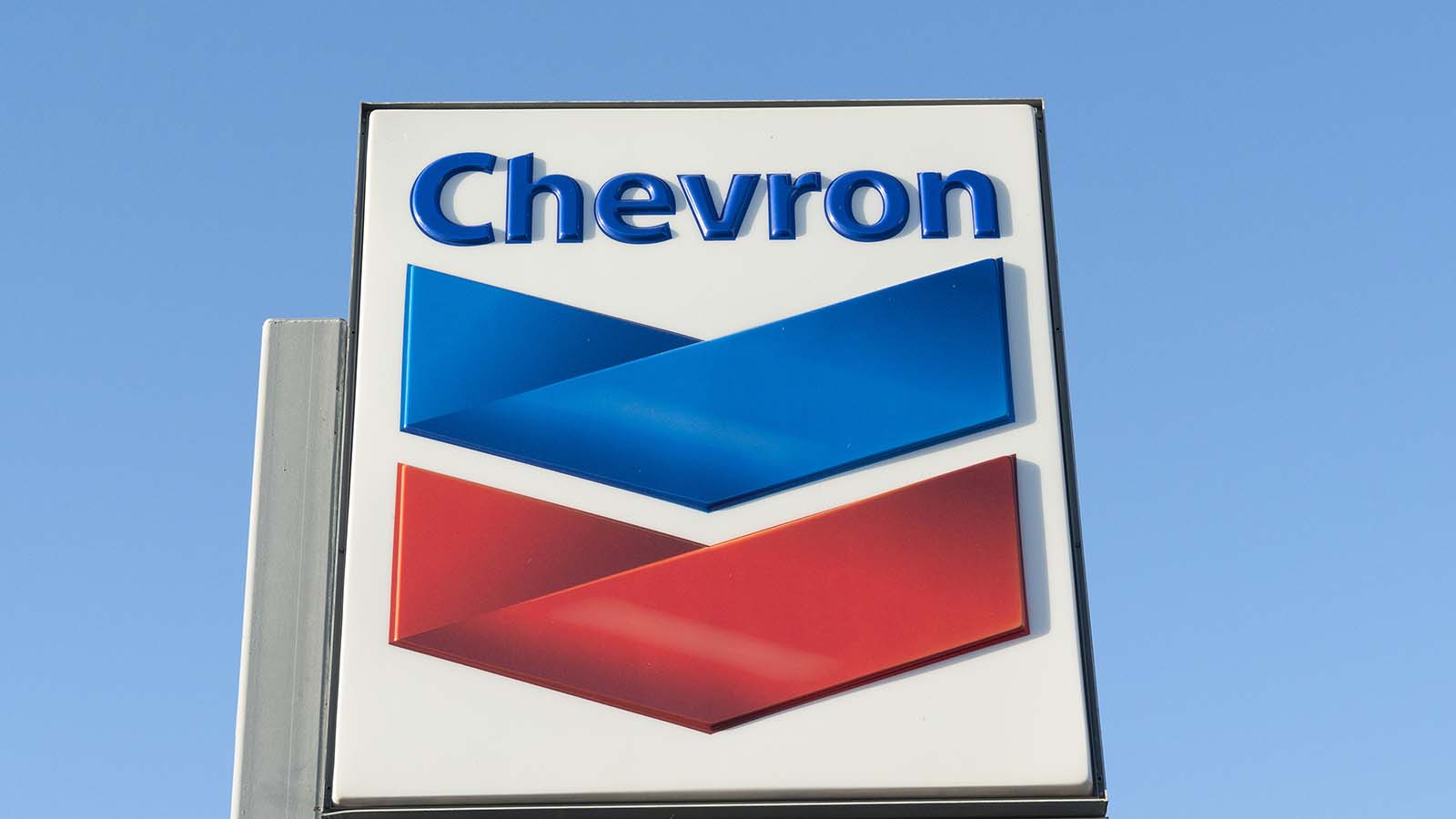
Lately, there has been plenty of news directly and indirectly affecting Chevron (NYSE:CVX) stock. Namely, after spiking last month, crude oil prices have pulled back.
Still, while Chevron has slightly fallen out of favor, don’t assume that now’s the time to sell (if you own it), or avoid (if you’ve yet to make it a buy). This stock remains a solid opportunity. Read on, as I discuss why recent negative news doesn’t change the story, and how shares could still deliver strong long-term total returns.
CVX Stock and Its Underwhelming Performance
At around $84 per barrel, crude oil prices remain elevated compared to prices from as recently as June.
Yet as crude continues to move lower, as fears of slowing global growth outweigh the potential impact of the recent Mideast conflict on oil supplies/prices, it’s admittedly becoming more difficult to buy into the $100 per barrel bull case for oil that even Chevron CEO Mike Wirth has argued for in the past month.
But alongside oil’s latest weakness, investors have had other reasons to take a less bullish stance on CVX stock. For example, as InvestorPlace’s David Moadel recently discussed, the company is experiencing labor issues at its Australian liquefied natural gas (or LNG) facilities.
Renewed concerns about high interest rates, which have led to spiking bond yields, has had a negative impact on stocks, including stocks popular among dividend investors. CVX, with its 3.75% forward yield, and 35-year track record of dividend growth, is well within that category.
However, even if many factors have fueled moderate weakness for this stock, now is not the time to throw in the towel or steer clear. In fact, said weakness may provide the perfect opportunity to enter/add to a position.
Still Set to Stay a Stalwart for Your Portfolio
In time, the issues affecting CVX stock could subside, including rising interest rates. While the Federal Reserve has announced no plans to “pivot” in the coming year, as the latest bond yield spike may help aid the central bank’s efforts to curb inflation, “higher for longer” could end up being quite temporary.
Once near-term headwinds clear up, and economic conditions normalize, Chevron is well-positioned to remain a portfolio stalwart.
This is the case, even if oil prices fail to spike back up to triple-digit levels. Based on the latest short-term energy outlook from the Energy Information Agency, oil prices are not expected to dip back to pre-2022 levels.
As energy prices remain at or near current levels, two factors suggest steady gains ahead for CVX investors.
First, Chevron has a talented CEO at the helm, well-skilled at capital allocation, with a track record of making smart exploration and acquisition choices. This strong management points to continued growth.
Alongside smartly investing billions of cash flow back into the business, Chevron continues to aggressively employ return-of-capital efforts.
Last quarter alone, the company returned $7.2 billion back to shareholders, through both the quarterly dividends and through buybacks.
The Verdict
Chevron shares trade for 11.7 times earnings. This valuation is in line with other U.S.-based integrated oil companies. I wouldn’t expect CVX to experience much multiple expansion.
I would, however, expect the stock price to gradually rise in tandem with increases in earnings per share (or EPS).
Profitable exploration efforts, plus accretive acquisitions and the positive impact of share repurchases on EPS, point to mid single-digit earnings growth. Combine that with the 3.75% dividend, which has also increased by mid single-digits annually over the past five years.
Put it all together, and it’s easy to see why continued strong returns are well within reach. Once again, that makes CVX stock a perfectly fine choice for any portfolio. Hence, hold it if you own it, consider it if you’ve yet to buy.
CVX stock earns a B rating in Portfolio Grader.
On the date of publication, neither Louis Navellier nor the InvestorPlace Research Staff member primarily responsible for this article held (either directly or indirectly) any positions in the securities mentioned in this article.






